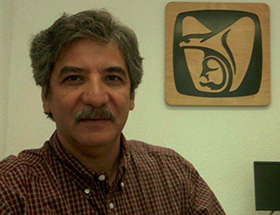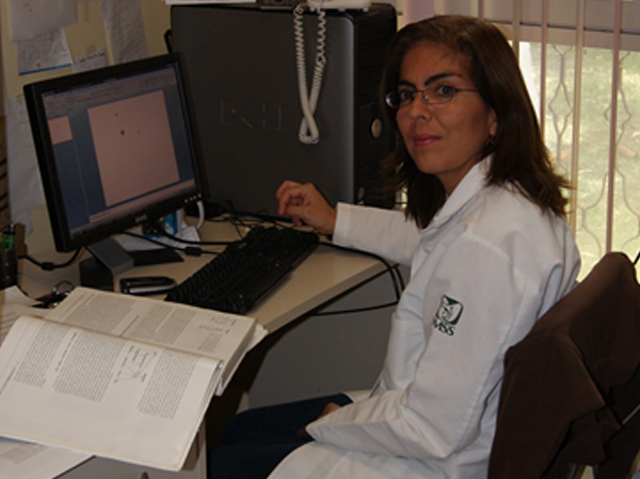
Occult hepatitis B infection (OBI) is defined as the presence of hepatitis B virus (HVB) DNA in the liver of HBsAg negative individuals with or without detectable viral DNA in serum. OBI is a diagnostic challenge as it is characterized by a very low viral load, intermittently detectable through time. Individuals with OBI can develop chronic hepatic disease, including liver cirrhosis and hepatocellular carcinoma. The aim of this work was to produce tools to improve OBI detection of the HVB genotypes prevalent in Mexico. We designed and tested primers to detect OBI in serum samples by nested and real-time PCR. Conserved sites in the viral genome were determined by alignment of the most frequent HBV genotypes in Mexico (H, G/H, F and D) and primers spanning the entire viral genome were designed for first round and nested PCR. Primers were tested in serum samples of 45 patients not co-infected with hepatitis C virus or with HIV, out of a group of 116 HBsAg (-)/anti-HBc (+) individuals. Primers were also tested in a control group with chronic HBV. Nested PCR products obtained from HBsAg (-)/anti-HBc (+) were sequenced and used to design primers for real-time PCR (SYBR Green). The most effective primer pairs to detect HBV products by nested PCR targeted ORF regions: PreS2/P, S/P, X/PreC, and C; while by real-time PCR they targeted ORF regions PreS2/P, S/P, X, and C. Out of the 45 HBsAg (-)/anti-HBc (+) patients tested, the viral genome was detected in 28 (62.2%) and 34 (75.5%), with nPCR and real-time PCR respectively. Primers designed for real-time PCR detected up to 75.5% of suspected OBI Mexican patients, with or without liver disease, which represents an improvement from previous PCR strategies.










